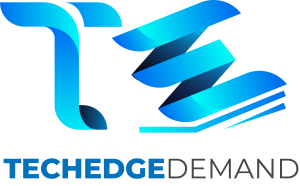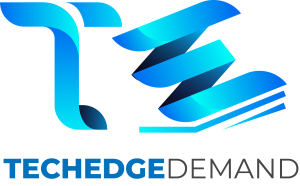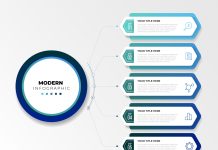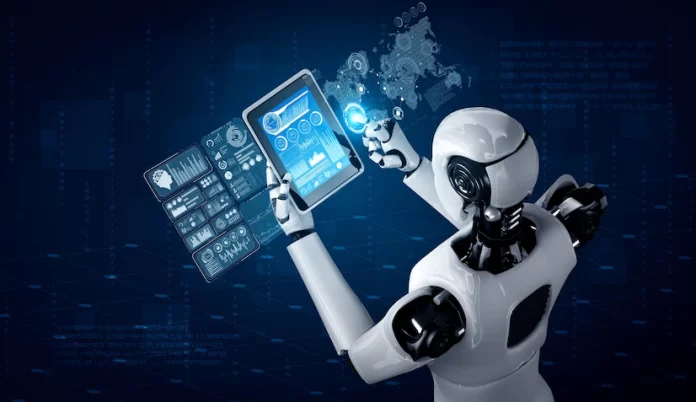There are various ways AI can help your sales and marketing teams save time and effort by increasing lead generation. Here are a few examples of how AI can be used to generate leads:
1. Lead qualification
Businesses get leads in a variety of ways, including LinkedIn, websites, applications, email, live events, online content, and recommendations. A strong AI system can help with this lengthy process in a variety of ways. Machine learning software may evaluate client data, spot patterns, generate an ideal customer profile (ICP), and locate prospects who match your existing target persona.
AI-driven systems comb the web for people and businesses who fit your target demographic, generating a pre-qualified prospect list for your sales and marketing teams to work with.
Dell, for example, uses machine learning (ML) algorithms to discover prospects who are similar to its current customer base and their buying habits. For example, if their AI program discovers that a company that builds a new office is more likely to buy Dell products, it combs the web for prospects who follow similar patterns, thereby improving the quality of the leads generated.
2. Campaign optimization
Apart from generating leads, AI software can properly detect and categorize the right target audiences for B2B marketing campaigns based on their similarities and differences.
It may swiftly identify campaigns that are effective for a specific target demographic across several channels and allocate resources to those that are working successfully. It can also boost the campaign response rate by optimizing the text and call-to-actions (CTAs) of advertising and campaigns in real-time.
For example, if the AI technology learns that advertising with “call immediately” as a CTA performs better among prospects than advertisements with “book a call,” it would instantly alter the ads with the better-performing CTA in real-time.
3. Predictive lead scoring
Time is money, and you don’t want to waste it chasing down the incorrect leads. Once you’ve compiled a list of prospects, the AI system can utilize machine learning techniques like classification, clustering, and regression to qualify and score them, saving you time and effort.
To assess and rank prospects, AI models examine the real behavioral patterns of prior leads as well as the company’s conversion history. It also estimates how long it will take to close a contract.
The approach uses a ranked list to identify quality leads for the sales team to prioritize in order to receive the most value. To chase a lead, sales professionals can check at prospect rankings and make data-driven judgments rather than guesswork and intuition, increasing their win rate.
4. Chatbots
One of the most popular AI lead engagement techniques is chatbots. Conversational AI is used by these intelligent bots to engage clients around the clock across multiple channels. A bot not only communicates with website or app visitors, but also analyses real-time interactions, determines their intent, and qualifies and separates leads from contacts for the sales team.
A bot may effortlessly hand off a prospect or customer to a live sales rep while conversing with them. When it detects a need for human attention or when the customer’s request is too complex for the algorithm to comprehend, it assists in moving a lead ahead.
5. Personalization
Personalizing content for customers is another facet of AI-powered interaction. AI solutions may provide hyper-personalized information to prospects and web visitors based on previous browsing and content consumption habits, increasing interest in the brand and eventually boosting conversions.
Smarsh, a SaaS startup, personalized its website content with AI technologies from Drift and Demandbase and achieved a 13 percent improvement in conversion rate.












